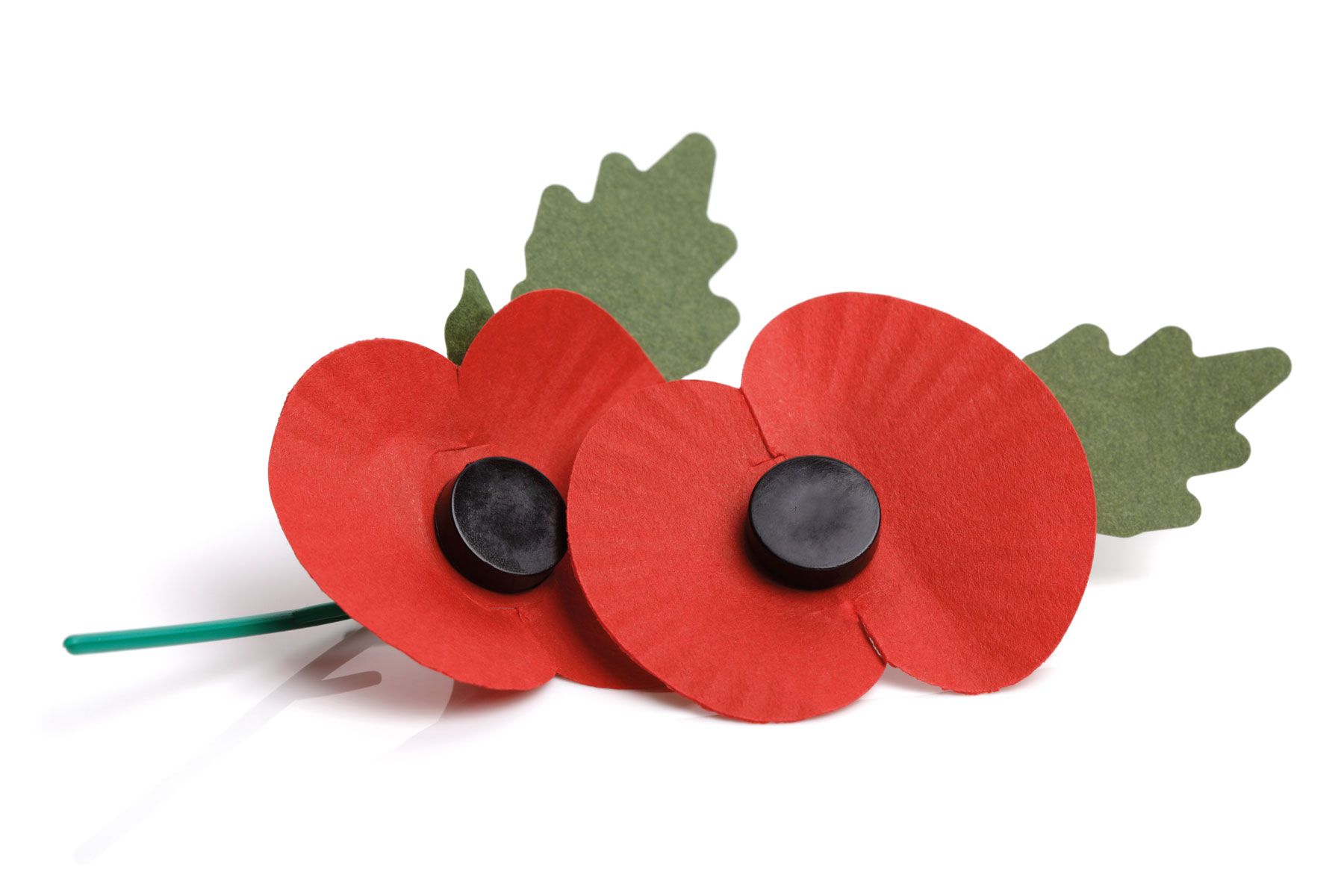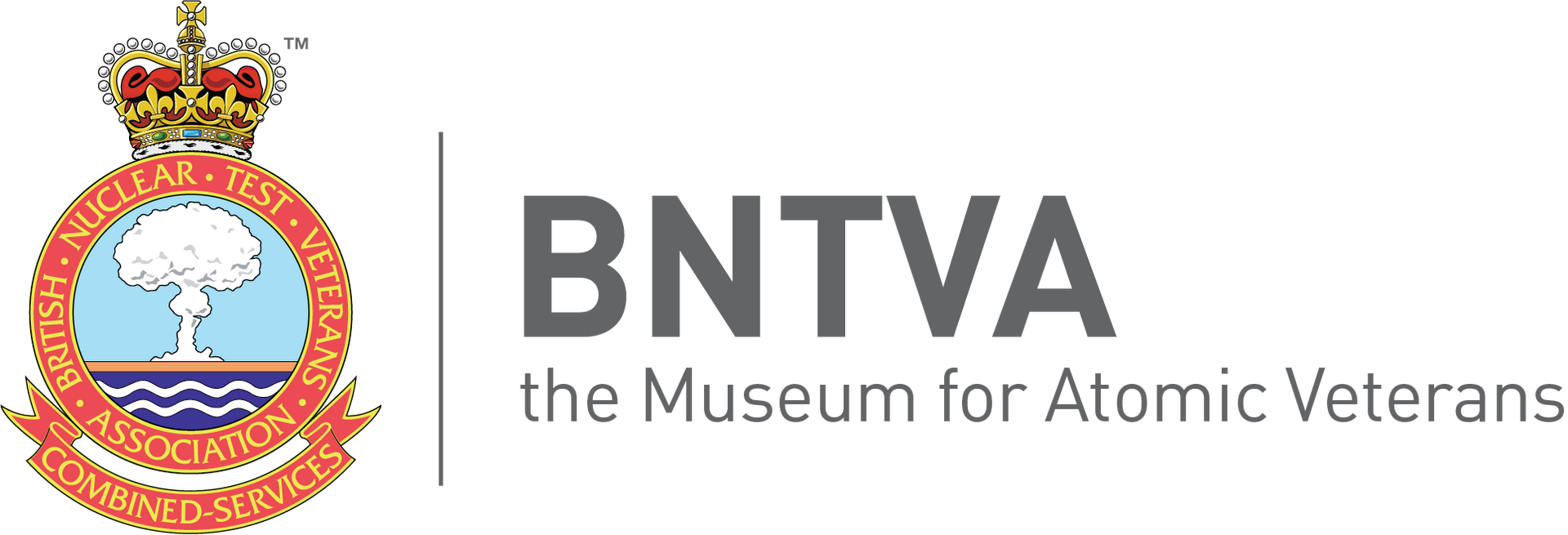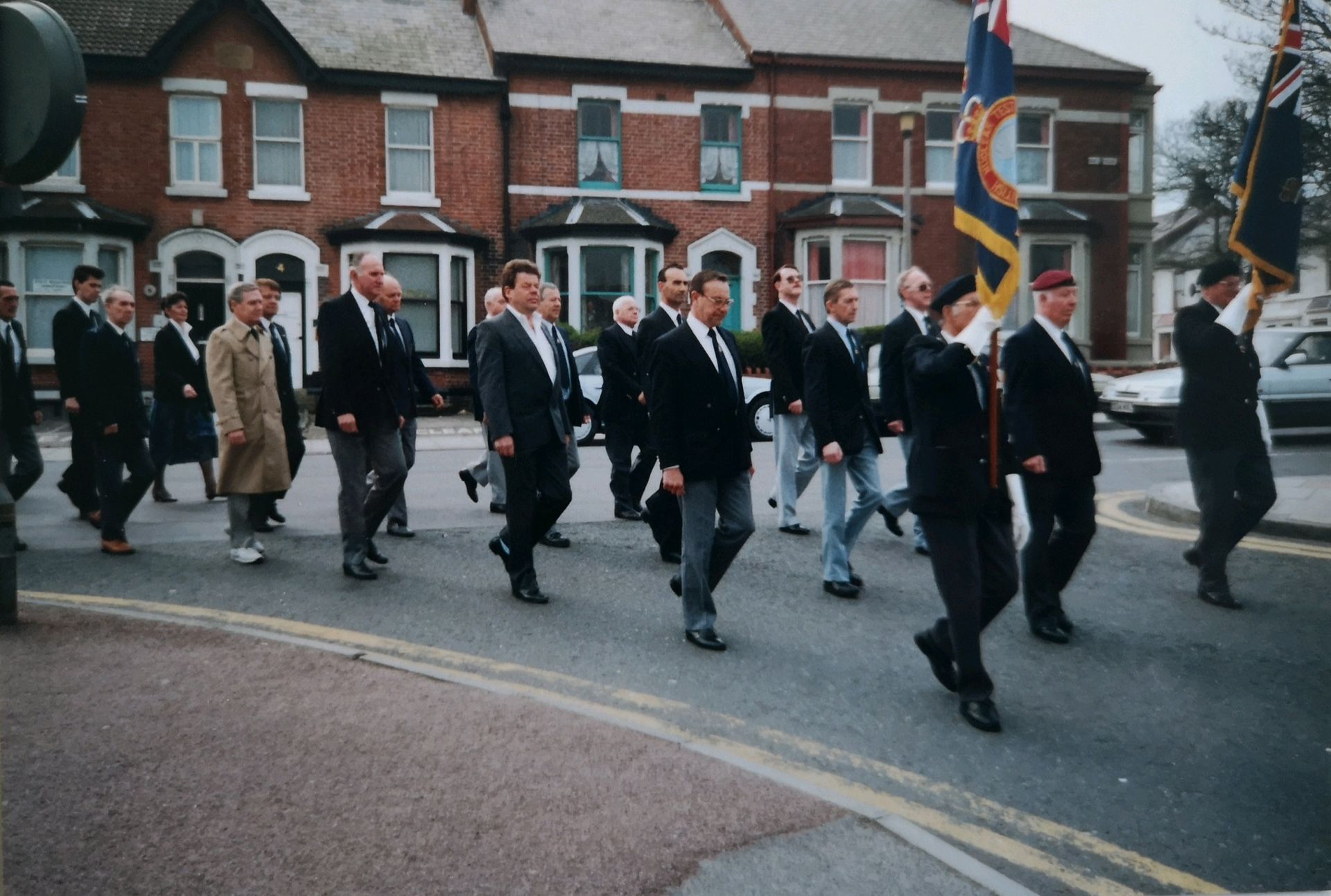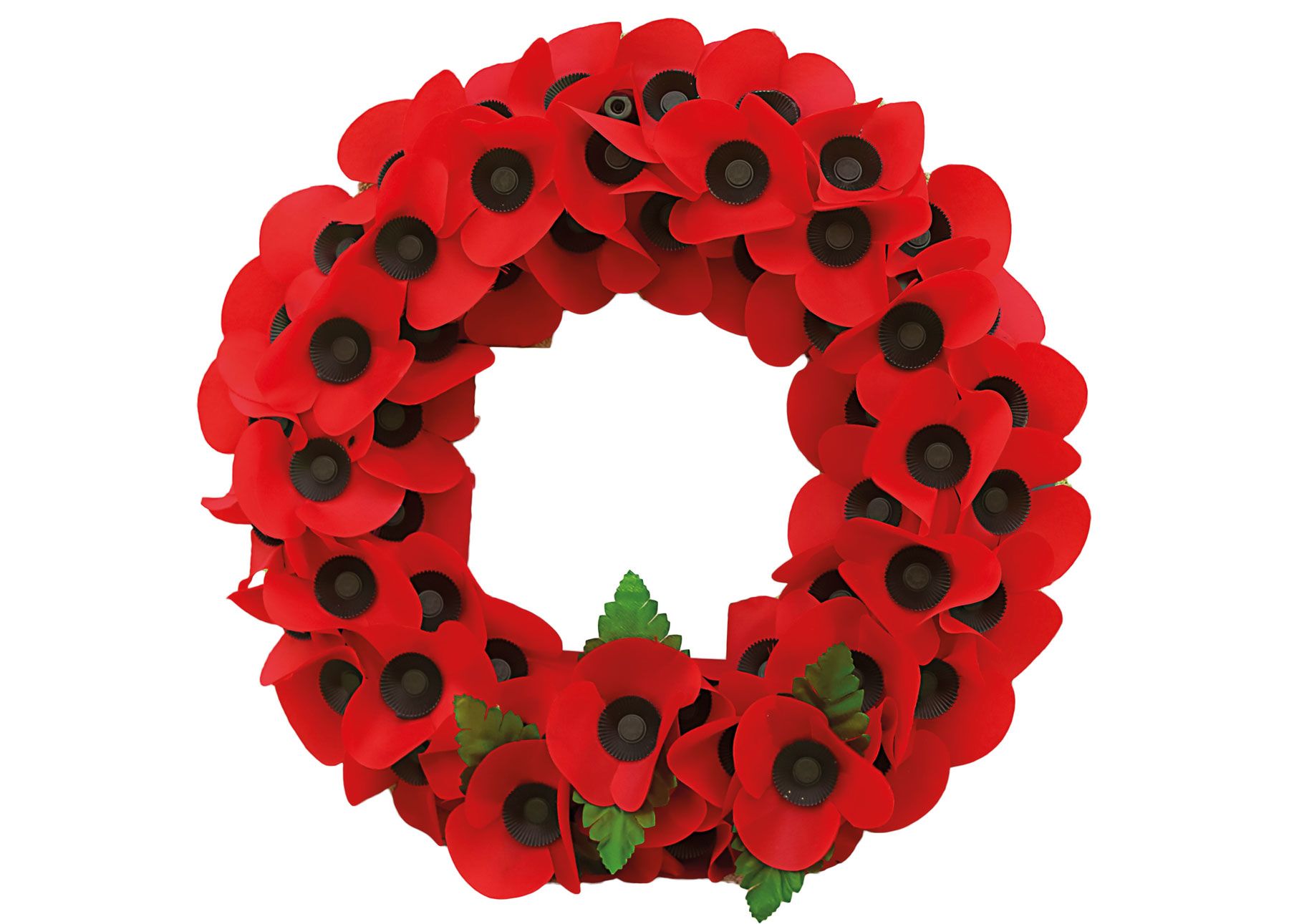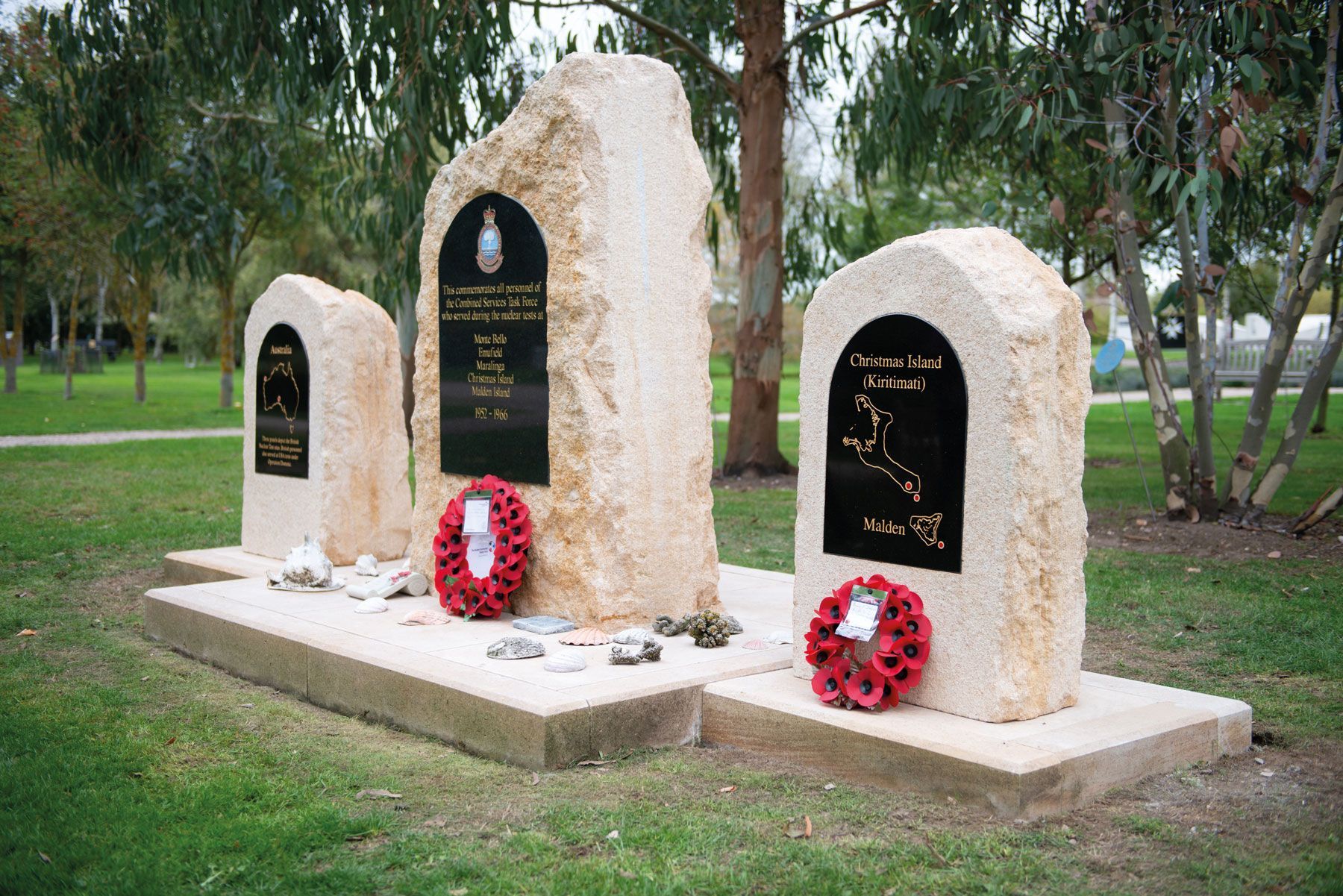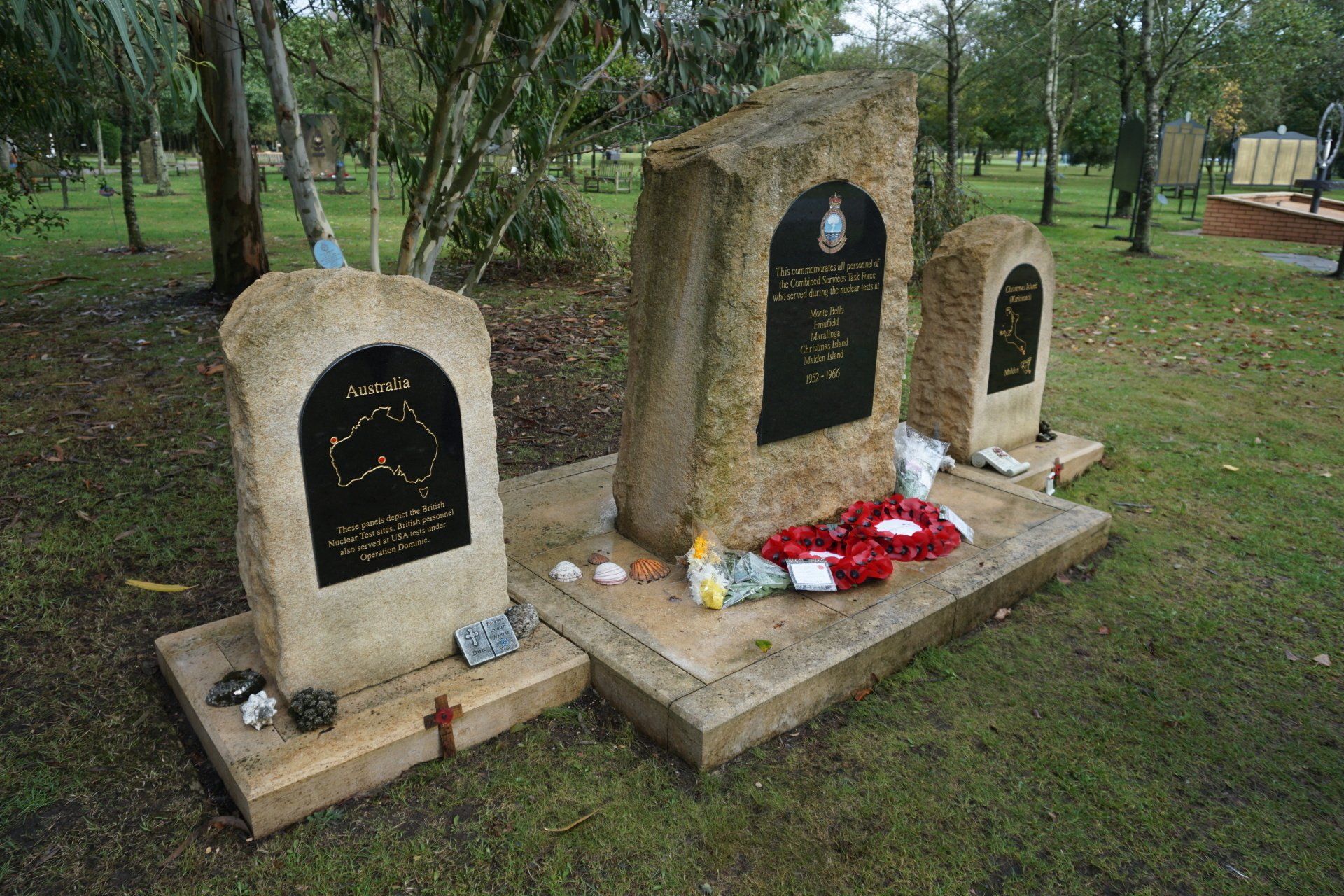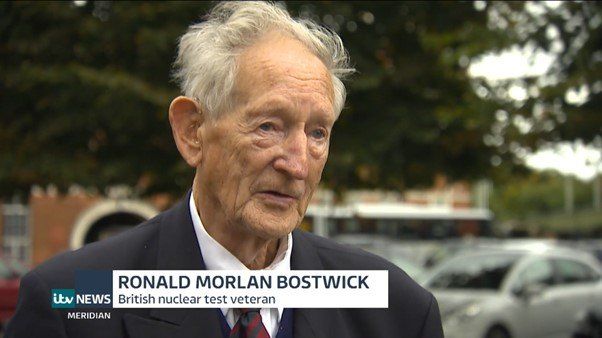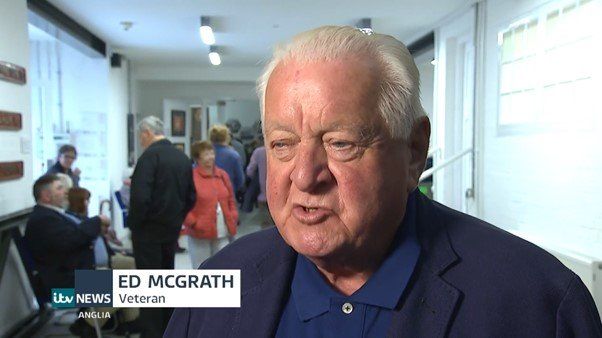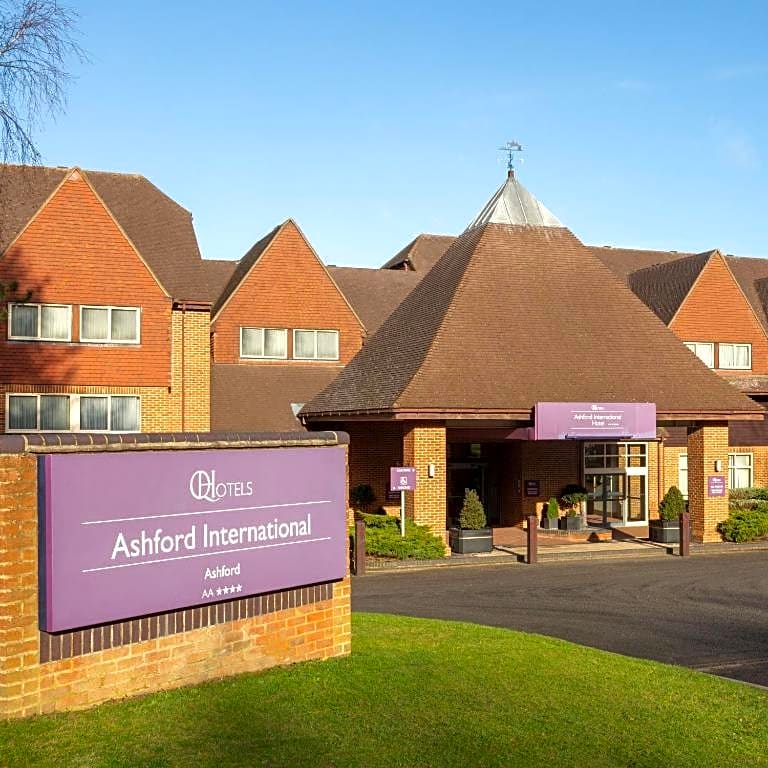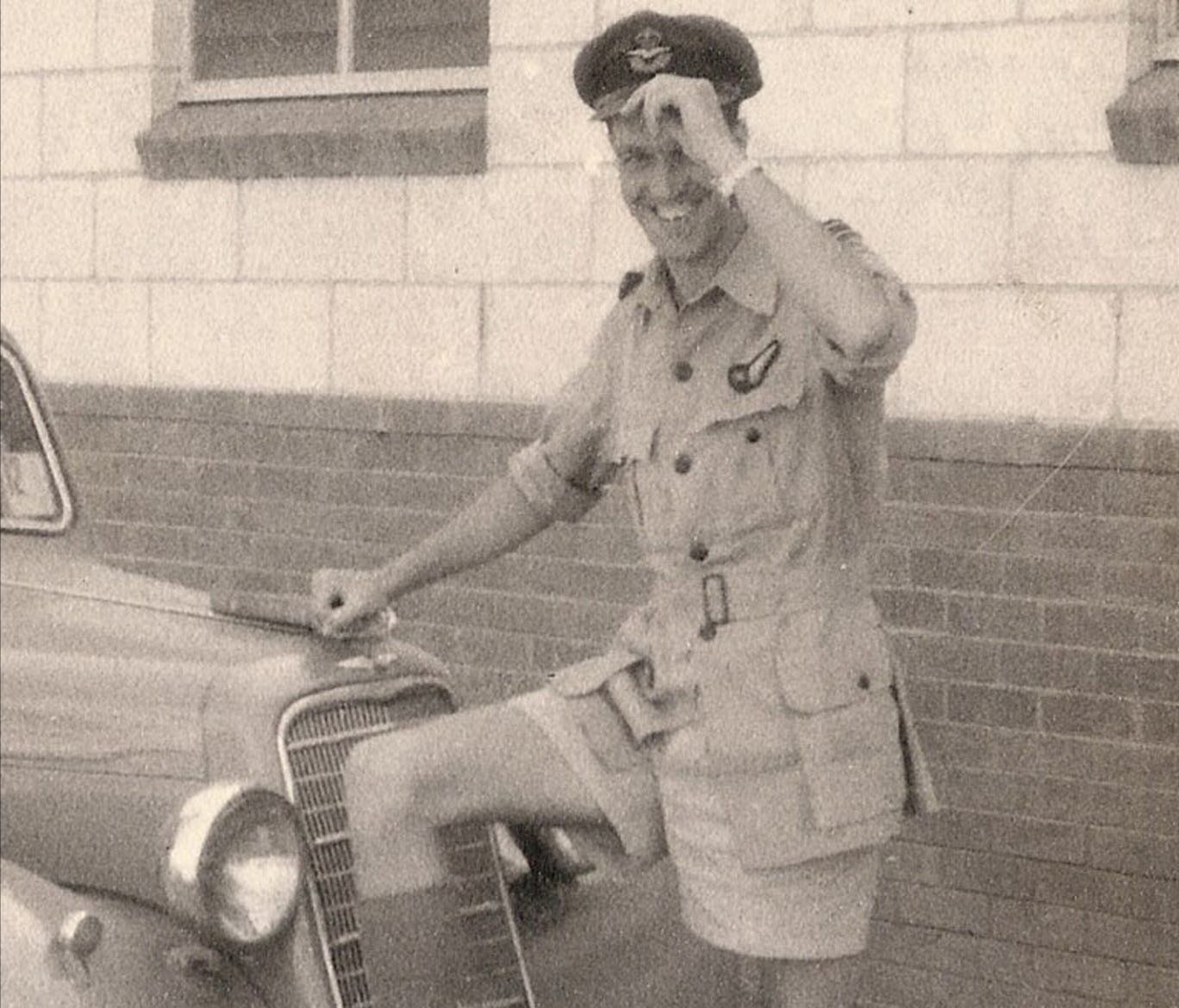OPERATION FRIGATE BIRD – 6 May 1962 – A veteran’s memories
OPERATION FRIGATE BIRD – 6 May 1962 – a veteran’s memories
It is unlike me to write an article without a book recommendation so here it is. Paul Lashmar has written this book following extensive research to uncover top secret missions flown by the US Air Force and Royal Air Force deep into Soviet territory. He has interviewed gentlemen from USAF, RAF and also the “Red Air Force” who tried to eliminate these flights. It has an interesting list of airplanes who were shot down whilst on secret surveillance flights and also many photographs and maps by an author who in his time has worked as an investigative reporter for The Observer, World in Action. He was also awarded the prestigious “Reporter of the Year” in the UK Press Awards in 1986 and produced BBC TV Timewatch documentary Spies in the Sky (1994) and Russia’s Secret War (1996). His book is well researched and easy to read and I thoroughly recommend it if you are interested in this particular aspect of the Cold War.

It reminded me of my interview with a USAF veteran who completed missions during Operation Dominic and in particular Operation Frigate Bird.
Frigate Bird, an early Polaris missile, was launched from the submarine USS Ethan Allen (SSBN-608) at 1417 on 6 May 1962, whilst it was submerged east-northeast of Christmas Island. The launch was originally scheduled for 5 May 1962 but was delayed by communication issues and also inclement weather conditions.
The missile travelled about 1,020 nautical miles (1,890 km) toward the island, detonating as an airburst and was the first and only live test firing of a Polaris missile carrying a nuclear war head. The veteran reports that it arrived within two miles of its target in the Christmas Island danger zone. RT, who told me his fascinating story, followed in the footsteps of his grandfather who had served in the Royal Navy in 1893 for fifteen years. RT served in the US Navy from 1959 until 1963. His story is recorded within the BNTVA’s Living Histories Project Collection, part of the BNTVA Collections & Archives.
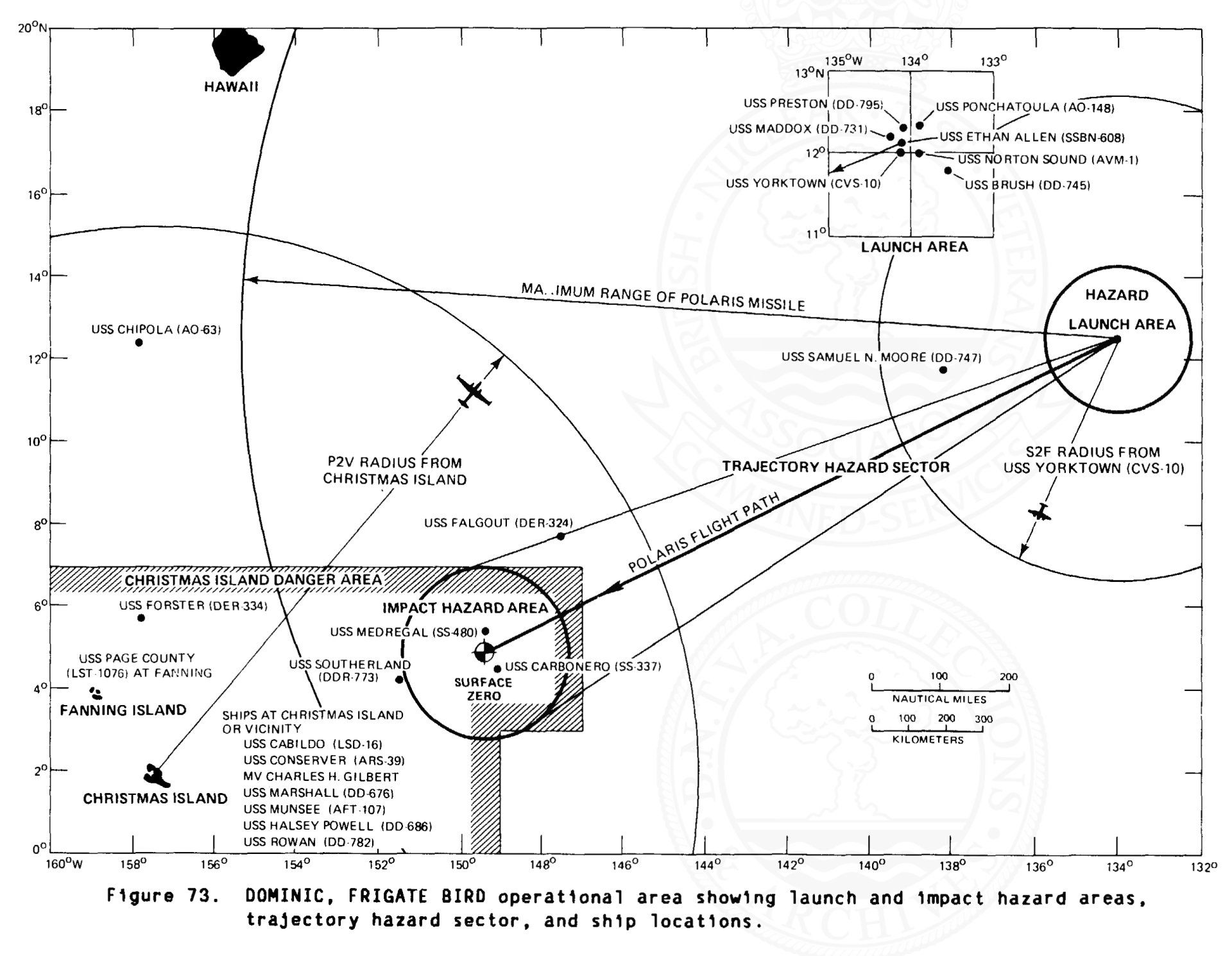
Following the standard entry aptitude test, RT was told that he was to be trained as what is known as a CIC or Combat Information Centre airborne in a spy plane containing four and a half tons of electronics; the main job was airborne early warning – North American Air Defense Command (NORAD) had been formed about a year previously. RT and his crew were part of the extension of NORAD in the Western part of North America from the Aleutian Islands to the Midway Islands, a distance of 1,400 miles hence the flight was 2,800 miles, a minimum of twelve but usually around fourteen to sixteen hours flying time, which he did for three and a half years. He continues his story in his soft Californian drawl – so easy on the ear and I repeat part of this here as it is so interesting.
"We flew in a Warning Star or WV2 (Willie Victors) Super Constellation (see link 2 below) which was equipped with all this radar equipment and we could, for example, see the entire British Isles – that was the range of the radar that we had. So, our normal job was flying a barrier (five of these aircraft) 24/7 from Midway to the Aleutians and our radar had a 300-mile range forward and aft of our aircraft and our search area would overlap with each airplane. We would go up and down this 1400-mile track from Midway to the Rat Islands (part of the fourteen large volcanic islands and fifty-five smaller islands which made up the Aleutian chain) and we kept track of all the shipping and every aircraft the Russians were involved with. Vladivostok was their eastern front and we watched everything they did and we recorded all their emissions using electronic countermeasures. They would take all their new radio and radar equipment to Eastern Russia to test and then we would all listen. We knew exactly what they were doing as we listened to their transmissions. On the Eastern US from Reykjavik, Iceland down to the Azores there was another team which flew. We would fly about eight of these barriers and then we would get two weeks leave because we took off every 41 hours – we were constantly flying or getting ready to fly whilst we were deployed at Midway. I don’t want to brag but we were good at our jobs and joked that we could read a label on a beer can from two hundred miles.
So, what happened at Operation Dominic, we had 31 tests which were prompted because the Russians were going to unilaterally abandon the overground testing moratorium. There were 31 devices ready to go. The USA started Operation Dominic using Task force 8 which included the US Army, US Navy and USAF.
During Operation Dominic there were 21 nuclear bombs stored at Barbers Point (Navy base) and the B52s, even though they were USAF, were also at the Navy base which carried the devices out to Christmas Island were part of the Strategic Air Command (SAC), nuclear armed and ready to go at a moment's notice, just a few blocks from our house!
We got a call from the Admiral running the tests requesting one of our crews and aircraft to come to Christmas Island as they wanted us to confirm the drop area was clear – they had already had the area swept by a reserve VP squadron from NAS Alameda, California, flying the Lockheed P-2V Neptune (see link 3 below) designed for anti-submarine warfare using the same radar as our Squadron, an APS-20 which was just designed to have a 20-30-mile range.
Our sweep antenna was more than five times the length of theirs and what happened earlier according to the scuttlebutt (gossip) is that there had been some atomic tests where the same squadron had reported an area as clear and it had turned out that there was something like twenty or thirty Japanese fishing boats and approximately 400 Japanese fishermen died in small wooden boats which fished and transported the fish to a mothership for processing. These small fishing boats did not show up well on radar, however we had watched them for years and recognized the signal from this sort of vessel.
AEWBarRonpac was our squadron and we flew to Christmas Island to check the drop zones (DZs) for the air drops and we found thirty or forty vessels in the DZs that had been missed by the other squadron.
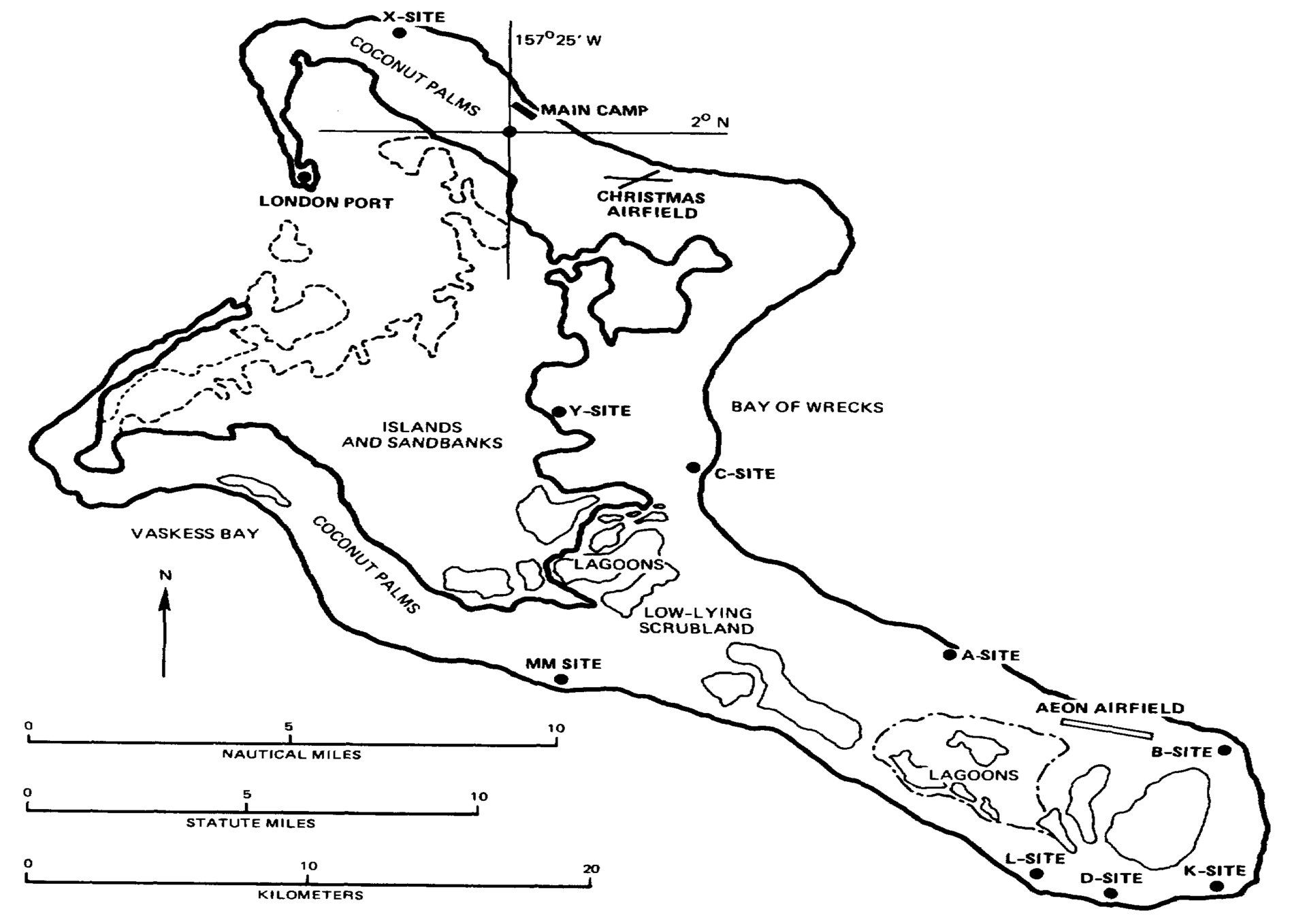
We were on the island for four to five days.
We searched and were also on the ground for two air drops, one of which was a free drop, I think the other was a parachute drop. I remember seeing the B52 approaching from 20-25 miles out. There were two air drops, Arkansas and Questa where I and my crew were on the tarmac on Christmas Island.
We then left Christmas Island to head home, flying north to Oahu and Hawaiian chain.
Between that test and the previous two I and my crew were involved in 2.2 million tons yield. In the other tests we were 20-25 miles away whereas with Frigate Bird, on reflection, I was very suspicious about exactly how near we were because when I was about 68 years of age, I started throwing off abnormal cells and had bladder cancer treated by surgery and three years of chemotherapy and have been cancer free now for around eleven years.”
This was in my opinion a fascinating perspective of a quite unique event.
